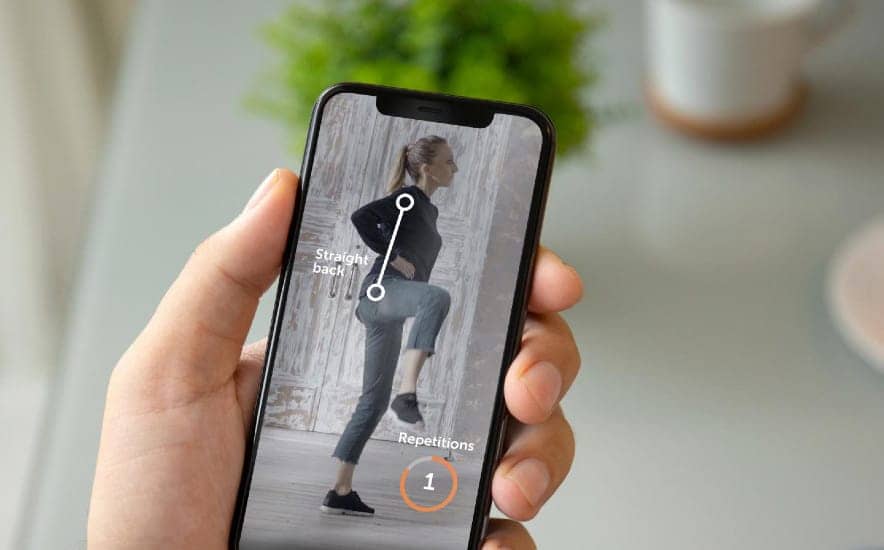New research conducted by the University of Nottingham using Joint Academy‘s clinical evidence-based digital treatment for chronic joint pain suggests clinically important improvements of treating knee osteoarthritis digitally compared to traditional treatment.
Patients receiving digital treatment reduced their pain by 41%, while patients receiving traditional care only experienced a 6% decrease, according to the study, published in JAMA Network Open, a media release from Joint Academy notes.
“We already knew that digital first-line treatment substantially improves symptoms of osteoarthritis at a significantly lower cost than face-to-face care. This study firmly establishes how effective digital treatment actually is in relation to traditional self-management care.”
— Leif Dahlberg, Chief Medical Officer at Joint Academy and Senior Professor in Orthopedics
Digital Treatment vs Self Management
A total of 105 people, who were 45 years or older with a diagnosis of knee osteoarthritis, participated in the study. They were allocated at random to two groups. One was treated digitally and the other self-managed their symptoms according to guidelines.
Patients in the digital treatment were connected with licensed physical therapists via a smartphone application where they received education and daily exercises. In the other group, patients continued their traditional self-management program and visited their general practitioner when needed.
“The results of the study really show how much can be gained by treating chronic knee pain digitally, and this will help reduce the burden on the healthcare system, especially when we are going through the COVID-19 pandemic where services are already stretched. We hope this study allows health policy-makers to consider the potential in digital alternatives when it comes to treating knee arthritis.”
— Sameer Akram Gohir, physical therapist and researcher at the University of Nottingham
“The study shows the positive impact digital treatment has on the osteoarthritis burden for both patients and healthcare systems. Besides the beneficial outcomes in pain and physical function, the advantages of digital treatment include lower costs as well as making care more easily accessible for those living in rural areas far from the nearest physical therapist.”
— Leif Dahlberg
Joint Academy is engineered to connect patients with licensed physical therapists through telemedicine. The treatment is now available under certain health plans in the United States and seeking to expand to become available to more providers and patients in 2021, per the release.
[Source(s): Joint Academy, EurekAlert]
[Photo courtesy of Joint Academy]
Related Content:
App-Based Osteoarthritis Treatment Offers Savings
Reduce Osteoarthritis Pain This Way?





